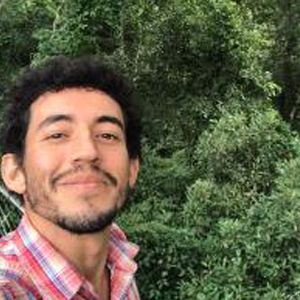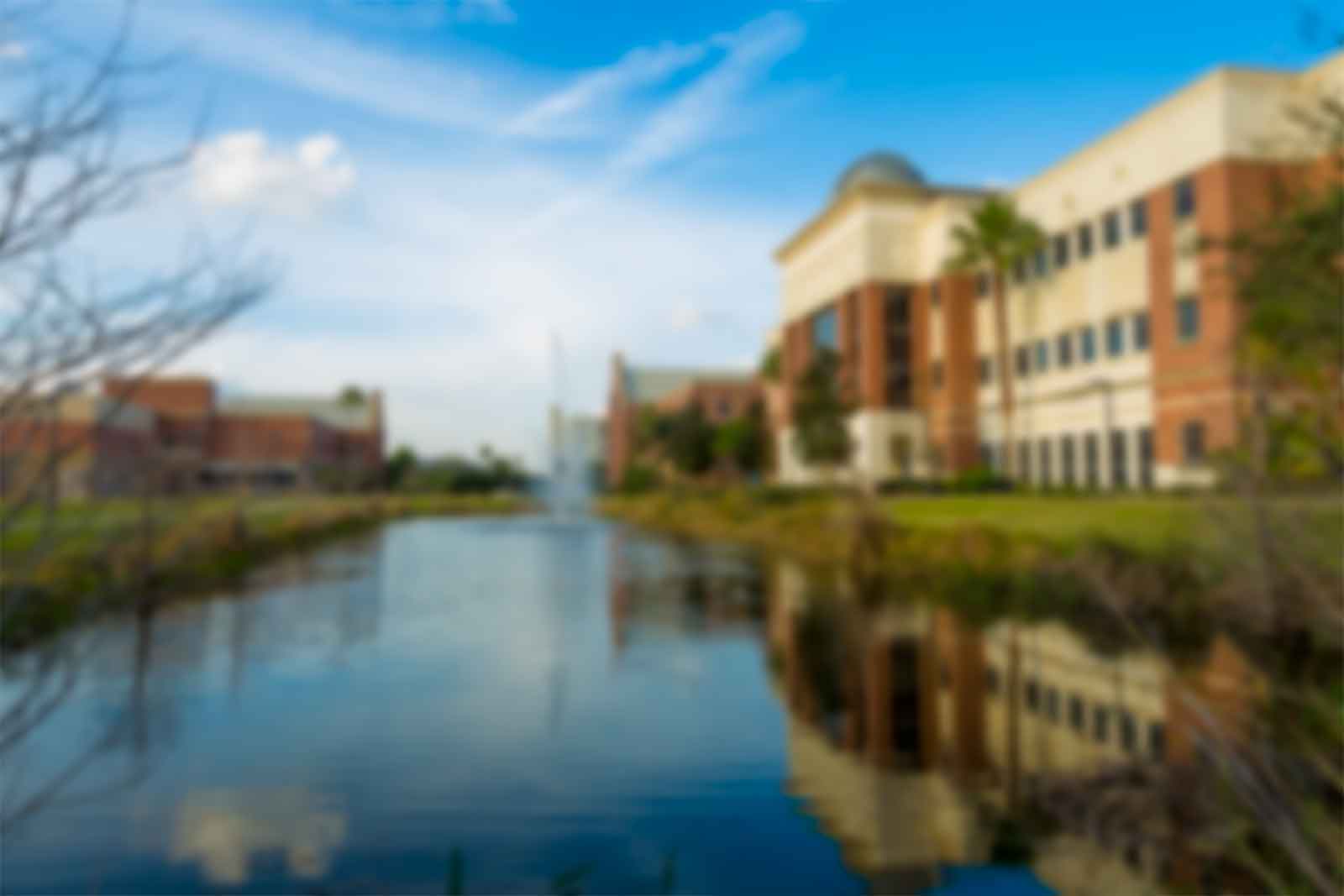Julian Beltran
Bio
Born and raised in the high elevations of the northern Andes with maize, potatoes, avocado, quinoa, and cacao. I’m from Bogota (Colombia), I love plants and during my life, my work has been related mainly to them. My first approach was working with the botany, ecology, and taxonomy of monocots and vascular epiphytes. After that I worked in physiology, quantifying the stress responses of timber and other species of human interest. In the middle of my undergrad, I discovered paleoecology and I found in it a very exciting research area that links botany, ecology, history, biogeography, geology, etc. This makes me want to know how our systems change through time, so I started looking for pollen from the mountains of my country.
The next step was during my Master of Science where I looked up for the vegetation changes in a Colombian Caribbean Sea-swamp during the last seven thousand years using pollen and sediment approaches (Cienaga de La Caimanera): at a glance, the results showed how the Caribbean sea enter into the lagoon and changes the dominant vegetation from a freshwater/forest land type to a marine mangrove environment. In the meanwhile, I kept abreast with the plants of the natural regions of my country mainly working as a professional botanist and doing plot-based floristic assessments in pristine and disturbed forest/areas. Then and during my last job before coming to the States I worked in restoration and monitoring of mangrove forest.
My interests are related to the ecology of the forest, the phytogeography, and the history and evolution of the Plantae in South America. There’s are questions that have always thrilled me: Why the Andes and Amazon are megadiverse? , what are the relationships between these two regions? , and also what the paper of we as humans in the development of the floras of these places ?. The stated and accepted relationship between plants-humans is also one of my interests, for example, the use of domestic and valuable plants in the Amazonia and how this relationship could have led to the current distribution of some species in the area (Mauritia flexuosa, Oenocarpus bataua, Bactris gasipaes, etc).
My Ph. D. project addresses the question on how was the development of the tropical forest of South America during the Holocene in areas with different values of mean annual precipitation in the present-day, also is focused on the behavior of the plants in moments drier than the present (Mid-Holocene Dry Event) using diverse approaches. All of this is linked to the drier and hotter conditions projected to the next century. In the same way, I am working with unmanned aerial vehicles (drones) to learn more about the ecology of the forest in current times and looking for the application of this tool in paleoecology.
email: jbeltran2021@my.fit.edu


 Give to Florida Tech
Give to Florida Tech 